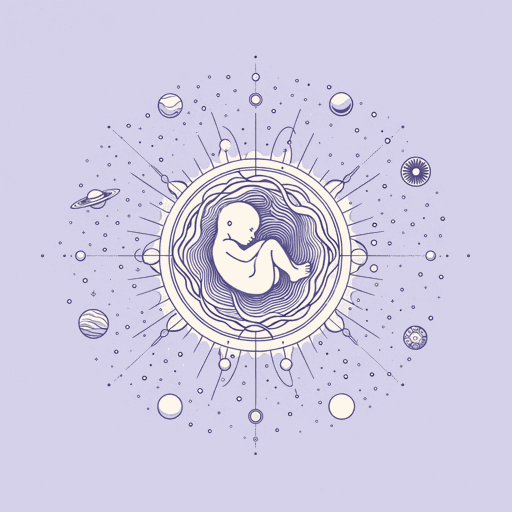73 pages • 2 hours read
Anonymous, Transl. Wendy DonigerThe Rig Veda: An Anthology
Nonfiction | Book | Adult | BCEA modern alternative to SparkNotes and CliffsNotes, SuperSummary offers high-quality Study Guides with detailed chapter summaries and analysis of major themes, characters, and more.
Important Quotes
“Whence this creation has arisen—perhaps it formed itself, or perhaps it did not—the one who looks down on it, in the highest heaven, only he knows—or perhaps he does not know.”
(Hymn 10.129, Pages 25-26)
This concluding verse of a creation hymn exemplifies the elusive, paradoxical nature of many Rig Veda’s poems. The poet obliquely suggests that a primordial encounter between above and below created existence and consciousness through a mingling of desire and fertilization. This cosmic insemination occurred before the gods and the universe were born, and thus it is impossible to know what really occurred. The hymn balances uncertainty about the metaphysical origin of reality with the human need to comprehend existence as created through cause and effect.
“When they divided the Man, into how many parts did they apportion him? What do they call his mouth, his two arms and thighs and feet? His mouth became the Brahmin, his arms were made into the Warrior, his thighs the People, and from his feet the servants were born.”
(Hymn 10.90, Page 31)
This creation hymn, known as the Purusa-Sukta, describes the origin of the world as the gods dismembering of primordial giant Purusa in a sacrifice. The dismemberment of the primordial Man simultaneously establishes the physical universe, the structure of human society, and the verse forms used by the poet-priests. As the first sacrifice, the dividing of Purusa ordains the ritual laws governing the religious practices of Vedic society. In these verses, the poet refers to the four classes of ancient Indian society: priests, warriors, farmers and herdsmen, and servants. This four-fold division of society predates the more elaborate and structured caste system of classical Hinduism.
Related Titles
By these authors

Arabian Nights
Anonymous
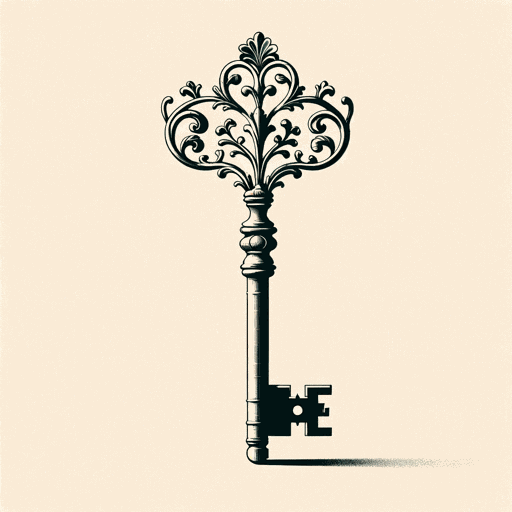
Arden of Faversham
Anonymous

A Woman in Berlin
Anonymous
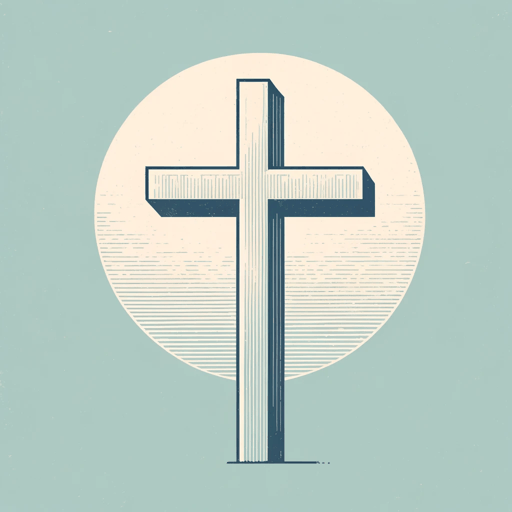
Bible: New Testament: English Standard Version
Anonymous
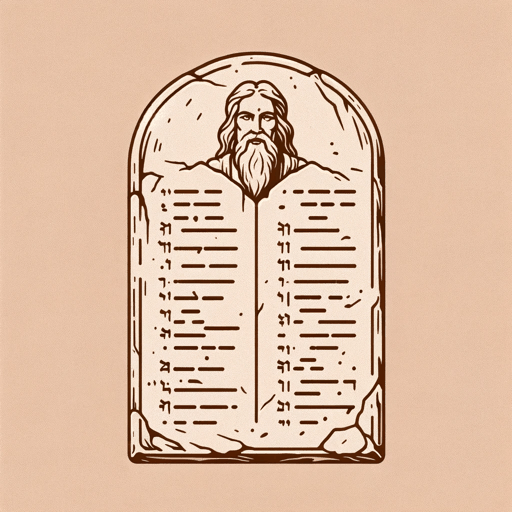
Bible: Old Testament: English Standard Version
Anonymous

Deuteronomy
Anonymous

Diary of an Oxygen Thief
Anonymous
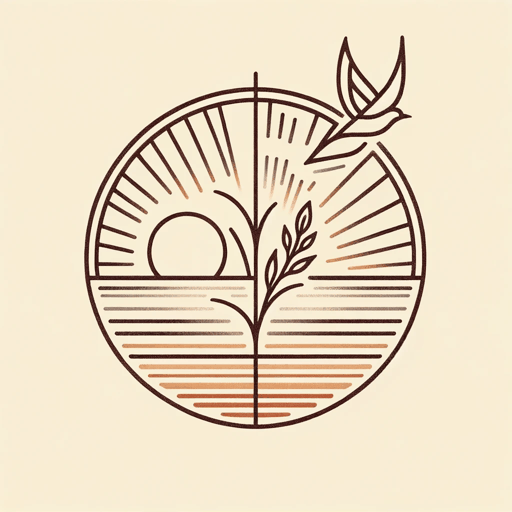
Do Not Stand at My Grave and Weep
Anonymous
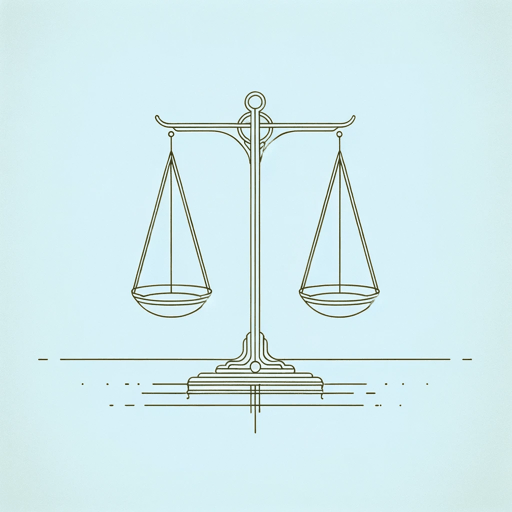
Everyman
Anonymous

Hebrew Bible
Anonymous

Holy Bible
Anonymous
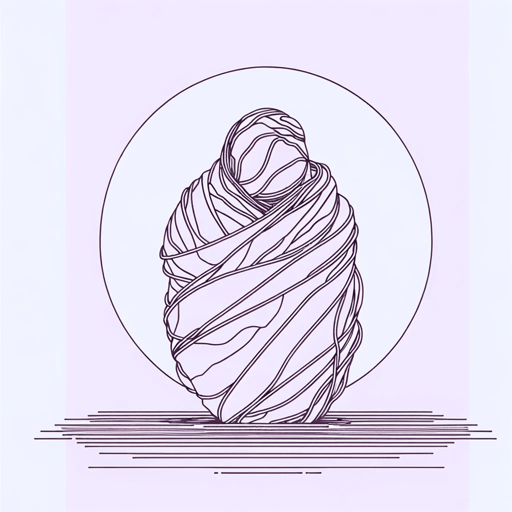
Homeric Hymns
Anonymous
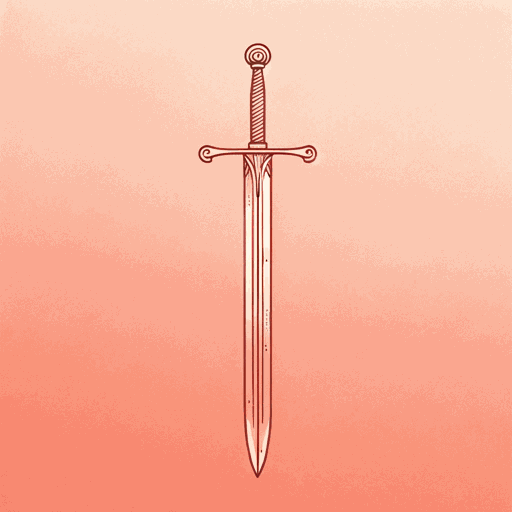
Judith
Anonymous

Laxdaela Saga
Anonymous
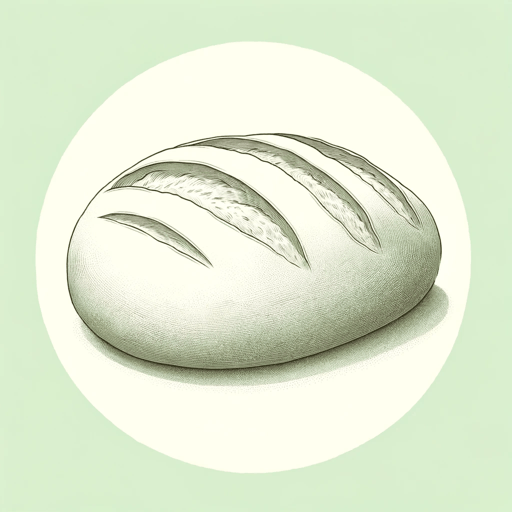
Lazarillo De Tormes
Anonymous

Mahabharata
Anonymous
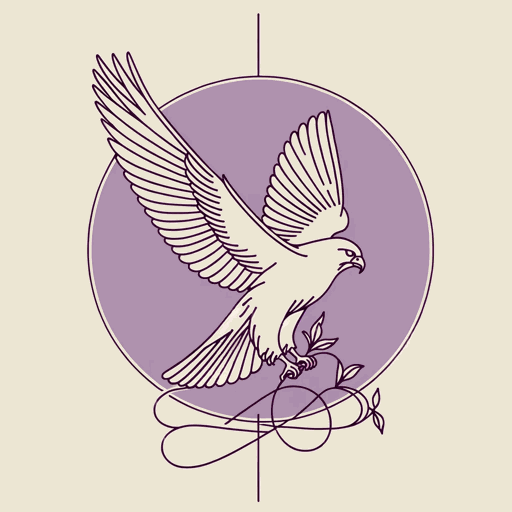
Nibelungenlied
Anonymous

Njals Saga
Anonymous
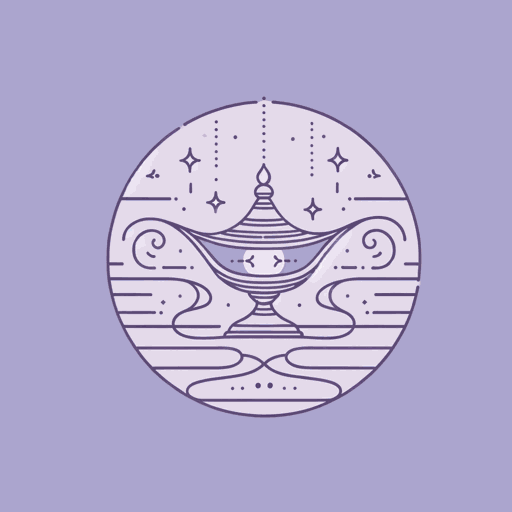
One Thousand and One Nights
Anonymous
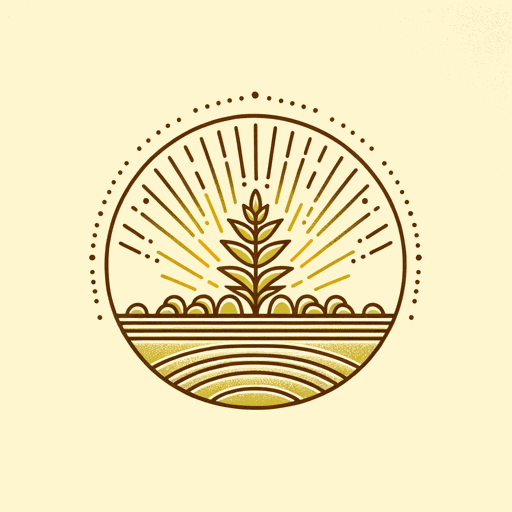
Popol Vuh
Anonymous
